36 Alien Civilizations In The Milky Way? The Science Behind A Ridiculous Headline
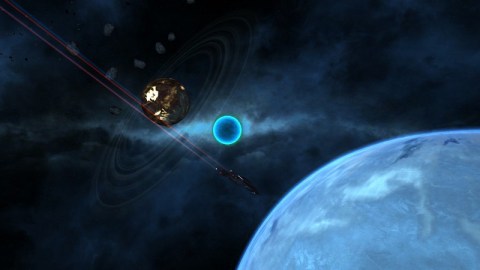
One look at the uncertainties and the assumptions changes the story tremendously.
Is there intelligent life out there in the Milky Way beyond our own Solar System? If so, how many alien civilizations are there presently within our own galaxy, and how far away is the closest one? It’s a question that’s mystified humanity for as long as we’ve looked up at the stars and wondered about perhaps the greatest of all the existential questions we could possibly ask, “are we alone?”
Although we’ve come very far in our understanding of stars, planets, and what’s out there — in our Milky Way and beyond — we still don’t know whether there’s any form of extraterrestrial life in the Universe, much less intelligent aliens. And yet, a new study just claimed that there are 36 alien civilizations in the Milky Way, and represent it as a lower limit on what’s out there.
This is absolutely not a true claim. Here’s the science behind it.
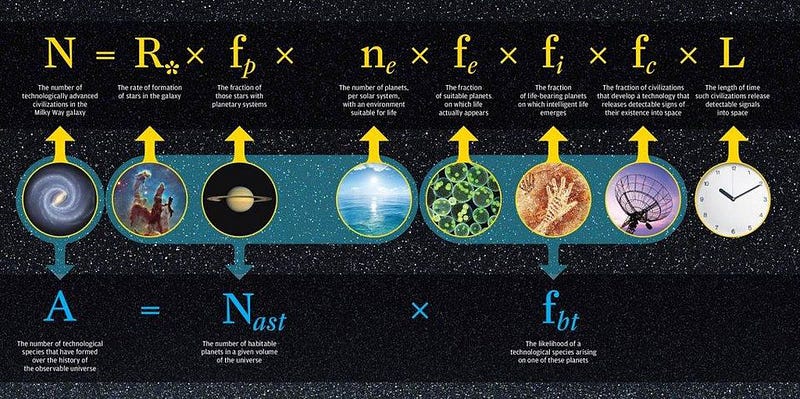
For more than half a century, scientists have worked to transform the existential question of life beyond Earth from a philosophical inquiry to an empirical one. Sure, we can search for life directly, but as long as that endeavor remains fruitless (in terms of no positive results), the most productive thing we can do is to take an indirect approach.
This was the idea behind the original Drake equation: the first equation to attempt to quantify how many alien civilizations might be present in our own galaxy today. If we can know, for example, how likely Sun-like stars are and how ubiquitous Earth-sized planets are at the right distances for Earth-like temperatures, we can come up with meaningful estimates for creating similar life-friendly conditions to the ones found on early Earth.
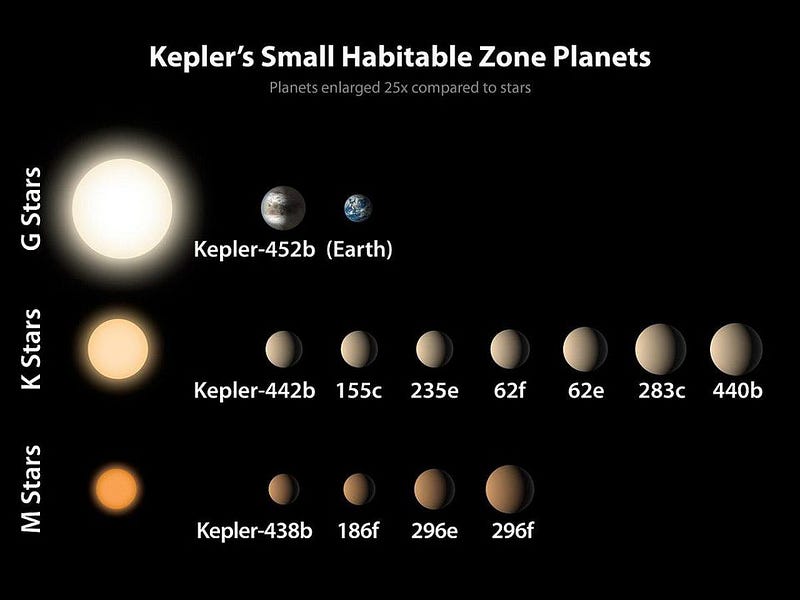
Over the past few decades, advances in astronomy — and in particular, in exoplanet sciences — have led scientists to at last understand how frequently a world with similar conditions to Earth might arise. With some ~200–400 billion stars in the Milky Way, about:
- 20% of them are Sun-like (either F, G, or K-class stars),
- about a quarter of those have Earth-sized (between 75% and 150% of Earth’s radius) planets orbiting with ~1 year periods,
- and that practically all of these worlds are born with the right ingredients for life to arise already on them.
Even if we consider that many of these worlds may be false positives, more like mini-Neptunes than Earth, or otherwise uninhabitable for a variety of reasons, there are still at least billions of planets that have properties analogous to Earth in our Milky Way right now.
But as we get into the more advanced questions involving alien life, our understanding gives way to ignorance.

We do not know how frequently, given an Earth-sized world in an Earth-like orbit around a Sun-like star, life will arise on that world.
We do not know how frequently, once life arises, it takes hold and thrives, sustaining itself for billions of years in an unbroken tree of life.
We do not know what the odds are, on the worlds where life arises and thrives, of that life evolving into something complex, multicellular, and highly differentiated: something that only first occurred on Earth in the earliest stages of the Cambrian explosion.
And we do not know, given the odds that all of these steps occur, what the probability is that an intelligent, technologically advanced species will arise on such a world.
All we know, if we’re being honest, is that things occurred on Earth the way they did, and everything else is nothing more than healthy speculation, at best.
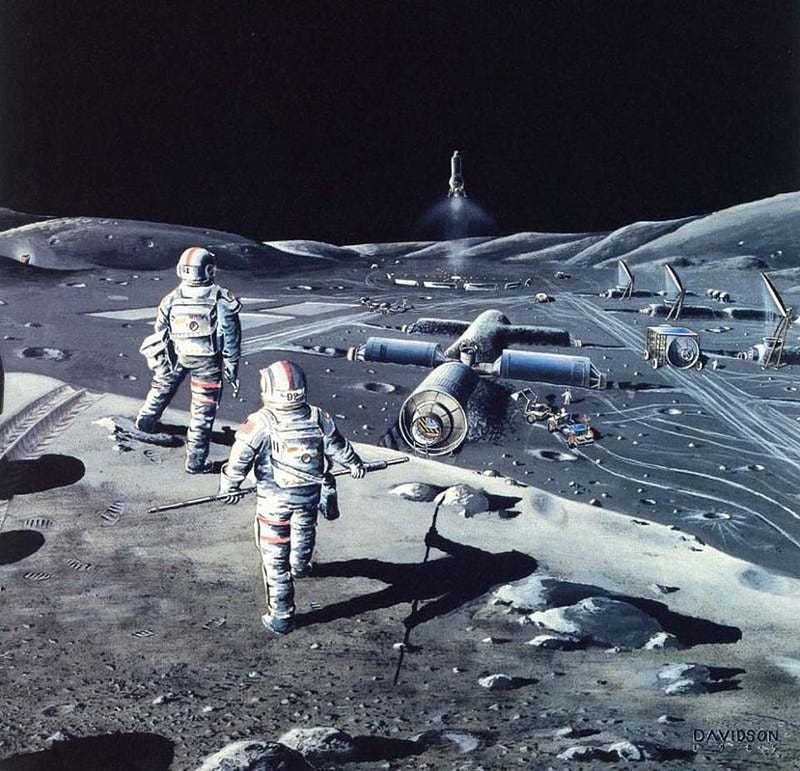
It’s kind of ironic, then, that just a few weeks ago, a very responsible paper was written highlighting what you should be able to infer about life in the Universe based on what’s arisen on Earth. We know what the early conditions on Earth were and how often similar conditions appear to arise in our Universe, and we understand how statistical inference works, so putting those pieces of information together allows us to learn what the most likely outcomes are if we were to turn back the clock and start over with a “young Earth” in the early Solar System.
That paper found that it’s very likely that life arises frequently in the Universe, but that it’s more likely than not that intelligent life is rare. The confidence levels on those findings are not very good but the best we have, which is what you’d expect given a successful sample size of one: Earth alone.
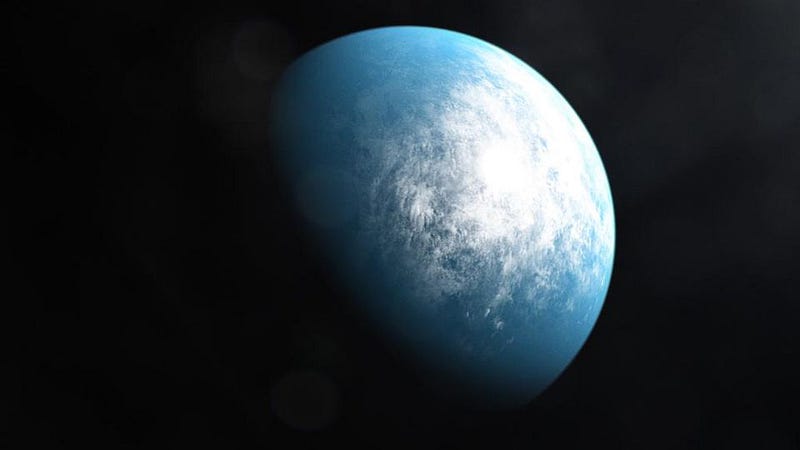
So why, then, do we have a scientific paper coming out now, using the same set of data and similar techniques, that draws a radical conclusion? Why, then, are we hearing claims that 36 alien civilizations likely exist in our Milky Way right now?
Because that new estimate is based on an ill-founded assumption that the authors make: that if you start with an Earth-sized world at an Earth-like distance around a Sun-like star, you will have very good odds of getting a technologically advanced civilization out once 5 billion years have passed. The authors, Tom Westby and Christopher Conselice, state this themselves:
[W]e make a key assumption: since the time required for the development of communicative intelligent civilization on our own planet is of order 5 Gyr, then we propose that life will have a reasonable probability of forming on another planet such as the Earth in the habitable zone of a suitable star within our Galaxy in a similar amount of time.

Is this a good assumption? In a scientific sense, absolutely not. As we just discussed, a previous study just demonstrated that it’s more likely than not that intelligent life is rare; if you were to rewind the clock and start Earth over again some ~4.5 billion years ago, it appears that you’d be relatively unlikely to have a technologically advanced civilization arise on our planet. They then apply this find to all long-lived stars, including the M-class red dwarfs, which is another controversial step.
After all that, then, how did Westby and Conselice arrive at their conclusion that there are 36 intelligent alien civilizations in the Milky Way right now?
They not only assumed “a reasonable probability” that intelligent life will arise after about 5 billion years on an Earth-like world, but they then imposed a further assumption — what they call the Astrobiological Copernican Strong Condition — that intelligent life must form between 4.5 billion and 5.5 billion years after an Earth-like planet forms in an Earth-like orbit around a Sun-like star.
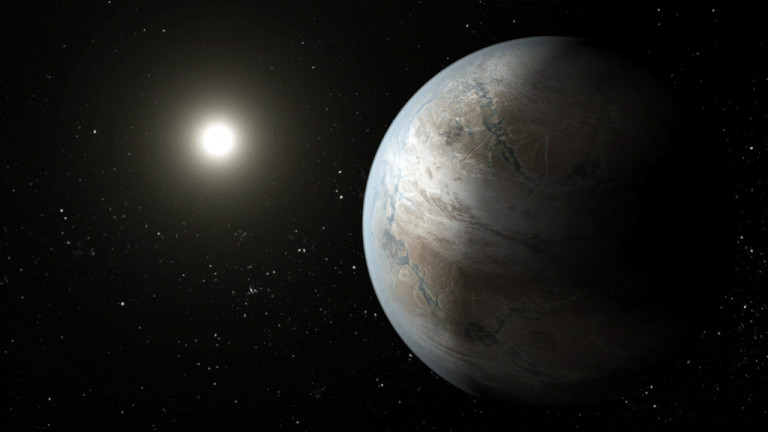
They they further go on to assume that such a civilization should exist for 100 years in its actively-communicating phase (about the time that Earth has had radio communications), and then they do their statistical analysis. In the end, based on these assumptions, they conclude that there should be 36 alien civilizations within our galaxy, right now, with some uncertainty.
What is that uncertainty, mind you?
Well, at 1-sigma confidence (which means that they are 68% confident the results fall in that range), there should be between 4 and 211 alien civilizations right now. 36 civilizations is the peak value in terms of likelihood, but the uncertainties are so large that there could be 0 such civilizations (with about ~15% likelihood) or more than ~200 civilizations (with about ~20% likelihood) or anywhere in between.
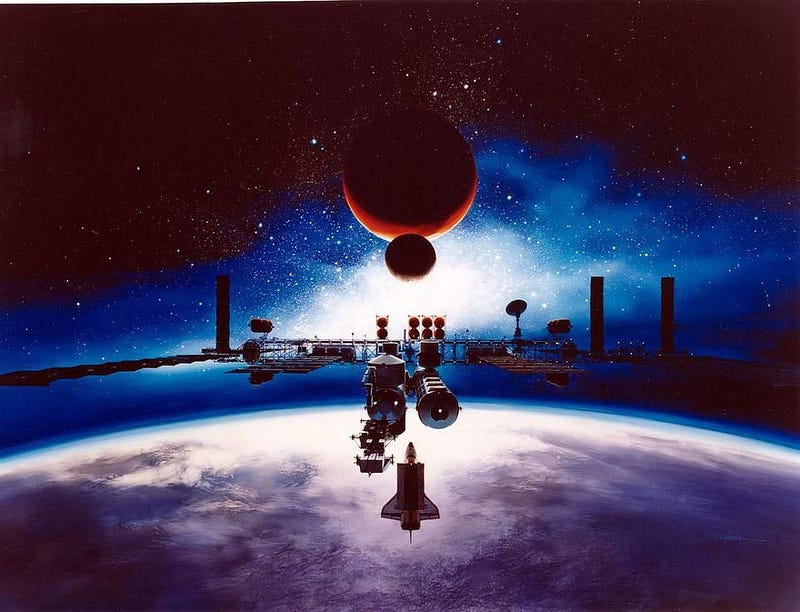
You can see how meaningless these numbers are when they relax the “strong condition” and instead apply what they call the Astrobiological Copernican Weak Condition: that an initially Earth-like planet will always develop intelligent life that persists in the technologically advanced/communicative phase for ~100 years, but only after 5 billion (or more) years elapse.
Under those assumptions, they calculate that 928 civilizations exist right now, with a 68% confidence interval of 110 civilizations to 2908 civilizations.
Here’s how you know these numbers are meaningless: the uncertainties are so large that they do not exclude “0” as a reasonable possibility. Even if their (arguably ill-motivated) assumptions about intelligent life were true, the uncertainties are so large that conclusions about the number of alien civilizations present within the Milky Way cannot be reasonably drawn.
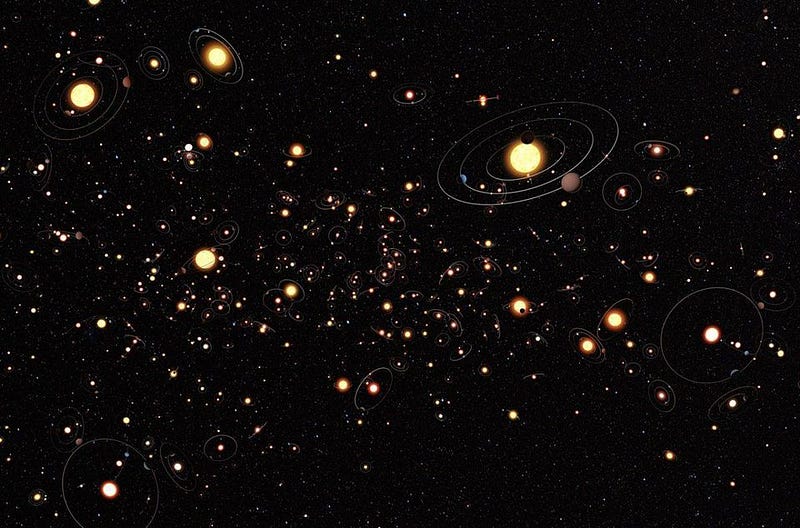
If we could, based on the knowledge we have today, draw a robust conclusion about the number of alien civilizations within the galaxy, it would be a revolutionary advance in our scientific understanding. However, the history of the search for intelligent aliens is filled with arguments that draw a conclusion based on ill-founded assumptions, and these latest assertions are sadly just another example of that sort of wishful thinking.
If we’re willing make assumptions about how likely it is that life arises on planets with certain similarities to a young Earth, we can indeed draw conclusions about the likelihood of intelligent life throughout the galaxy. The only problems are that our conclusions are only as good as our assumptions, which we have no reason to believe are very good. There may well be 36 alien civilizations in the Milky Way right now, but science has a long way to go before anyone — even the paper’s authors — are convinced of that conclusion.
Ethan Siegel is the author of Beyond the Galaxy and Treknology. You can pre-order his third book, currently in development: the Encyclopaedia Cosmologica.





